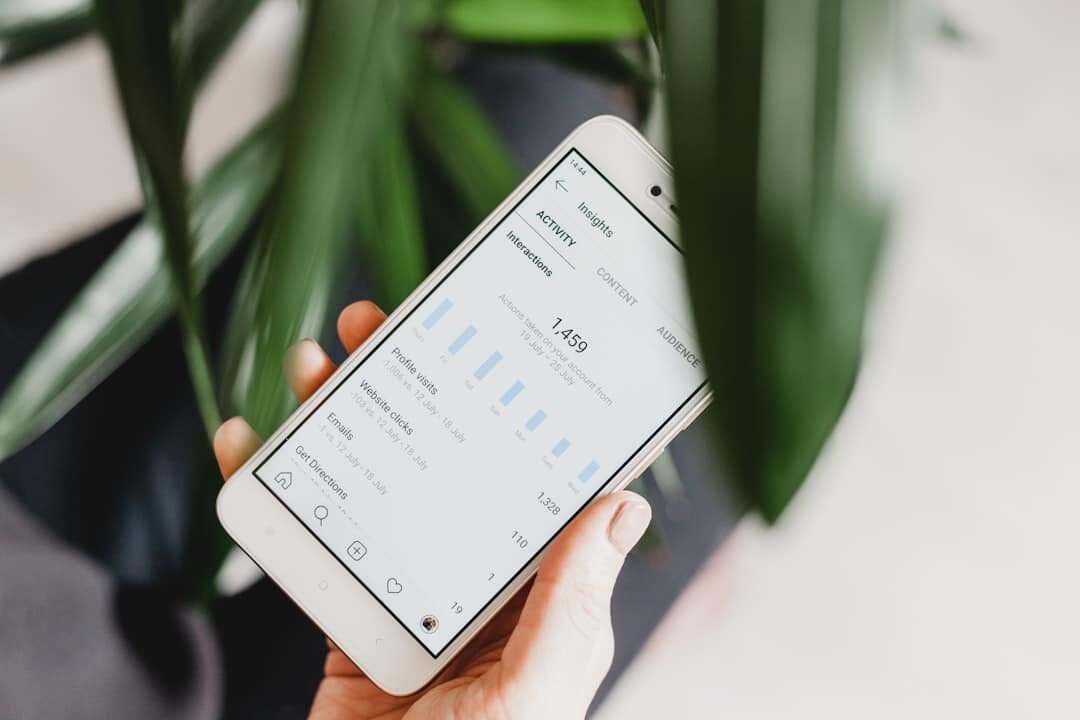Ever wondered what truly makes your customers tick? As startup founders, investors, and marketing leaders, you probably lose sleep over thoughts about connecting with your audience, but maybe you’re unsure how to learn more about them. Properly leveraging consumer insights for brands often separates the winners from the losers because so few companies genuinely focus on this.
The great news is that learning about customers is something your competitors might not be embracing yet. It’s about getting past surface-level data and finding out the *why* behind consumer behavior. Many in the industry get this wrong because they depend solely on AI and forget that consumer insights for brands go beyond data collection; it requires thoughtful interpretation to support better decisions.
Table Of Contents:
- The Evolving Landscape of Market Research
- Harnessing the Power of Customer Insights
- 5 Real-World Benefits of Customer Insights
- Consumer Insights In Action
- Collecting Customer Insights: Methods and Tools
- Conclusion
The Evolving Landscape of Market Research
The market research industry is vast. In fact, the consumer insights market is worth over $73 billion globally, according to a 2020 Statista report. However, this industry, like any other, has secrets you need to consider.
Take online reviews, for example. One analysis showed that around 31% of reviews on Amazon and Walmart are suspected fakes. This shows how tough it can be to get authentic data for consumer insights.
Why Traditional Market Research Might Fail You
Market research provides numbers. However, those metrics tell only part of the story.
Real problems often drive people to purchase one thing over another. Focusing too much on basic metrics can harm a company because many don’t connect those metrics to people’s daily lives.
Bridging the Gap Between Data and Consumer Action
Market research shows *what* consumers do. You need to go further by asking your consumers many “why” questions.
For example, “Why do consumers stay loyal to specific products?” “Why do they ignore some notifications but open others?” Answering these questions helps businesses adjust their marketing strategies to help consumers instead of pushing them away.
Harnessing the Power of Customer Insights
Companies that use data about how consumers interact with their products often outperform their peers. These companies frequently achieve sales numbers 85% higher in sales growth. It’s clear why these businesses emphasize customer insights, as data shows consumers want to be heard.
The Importance of Customer Empathy
Brands should focus their business on customer empathy. How a brand is perceived directly impacts the business’s overall performance.
People tend not to trust a company with less than a 4-star rating on major platforms. Ignoring this or not responding to negative input can deter potential sales.
From Insights to Action: Strategies for Success
Imagine you’re selling to other businesses. How do you show that you understand your potential customers’ and their end users’ needs?
Understanding the decision-maker and knowing their emotional triggers is vital to getting their attention. According to the Salesforce report on the “State of the Connected Customer”, 66% of customers expect companies to understand their demands.
5 Real-World Benefits of Customer Insights
Companies that effectively assess how to use customer insights can gain several significant advantages.
Here are the advantages for them:
- Higher lifetime customer value.
- Ability to create personalized experiences.
- Improved planning that adapts quickly.
- Strategic and targeted marketing plans.
- Smooth expansion into various geographies.
1. Boost Customer Lifetime Value
Understanding customer feelings helps increase their total lifetime value. Use audience insights to remind customers to reorder.
Consider giving targeted offers or assistance after negative interactions. These actions can convert unhappy consumers into lifetime supporters.
2. Personalize Customer Experiences
Customers now desire customized, one-on-one experiences. They can recognize robotic communication and mass messaging not tailored to them individually.
In fact, a PWC report shows 73% of customers prioritize experience in their decisions. Improving user experience should always remain top of mind.
3. Improved Planning with Predictive Insights
Being ahead of trends allows brands to adapt before significant market changes. Proper tools and customer outreach enable businesses to anticipate demand. This will prepare your production lines and team as things change and consumer preferences evolve.
4. More Effective Marketing Strategies
Data eliminates guesswork, allowing operations to be based on facts rather than hopes. Understanding the reasons customers buy is valuable. It reveals how and when they prefer your messages and other communication methods.
This allows you to fine-tune marketing for better conversion, lower customer acquisition costs, and improved retention. Did you know that 72% of consumers prioritize reviews before buying?
5. Smooth Expansion into New Markets
Entering new markets can be intimidating. Detailed market surveys and a targeted list of new prospects can lower barriers and overcome fears.
It will shift your focus to opportunities and help build a local infrastructure for your products. Brands can tailor experiences to resonate from the first impression in a new region, building positive feelings quickly.
Consumer Insights In Action
Practical applications are necessary when theory has gone too far. Seeing a case study can clarify earlier points and provide further implementation ideas. This will hopefully be based on real-world insights examples of companies that excel.
Case Study: Whirlpool’s Innovative Approach
Whirlpool examined consumer feedback, and what happened? They discovered that washing machine buyers felt uneasy about handling tough stains and figuring out the right settings without damaging their clothes.
Whirlpool started including stain removal features, which improved things. Then, they developed custom modes for all fabrics. These additions and the attention to user problems made customers feel more secure with Whirlpool than with other companies that didn’t listen or learn about these struggles.
Remember that you can use more than just your own data and input. According to a study by Hootsuite, tracking social accounts closely for information can significantly improve customer experience, boosting satisfaction by up to 24% and increasing retention by up to 20%.
How Little Moons Leveraged Consumer Insights
Little Moons embraced customer insights to improve. This ice cream company used consumer input for key guidance.
After that process, they knew precisely who to reach. By conducting this research, they designed marketing strategies for this specific group. They utilized influencer marketing, user-generated content, and active online engagement on social channels.
AI is another interesting aspect of consumer insights. Those that leverage machine learning perform up to 25% better in developing exciting offerings.
Collecting Customer Insights: Methods and Tools
Customer feedback is simple to collect. Create a quick form and ask consumers to respond after interacting with someone.
According to a Siegel+Gale study, over $400 billion is lost when businesses ignore their audience regarding simplicity. Customers often dislike overly complex solutions, preferring clear and quick answers to their issues. Consider surveys as a valuable tool for understanding customer needs.
| Method | Description | Pros | Cons |
|---|---|---|---|
| Customer Surveys | Brief questionnaires distributed to customers after interactions or service trials. | Direct feedback, easy to analyze. | Survey Monkey research shows that 45% of users won’t spend beyond 5 minutes on them. |
| Feedback Forms | Simple forms available on websites or within apps for continuous feedback. | Constant stream of data, easy to implement. | May lack depth, potential for biased responses. |
| Focus Groups | Small group discussions moderated to gather detailed opinions and perceptions. | In-depth insights, allows for probing questions. | Time-consuming, can be expensive, small sample size. |
| Customer Interviews | One-on-one discussions with customers to dive deep on issues. | Very thorough. | Time intensive to coordinate. |
Reviews on Yelp and Facebook provide insight into consumer attitudes. According to reports, an incredible 88% of reviews are spread over a couple of large channels anyone can access publicly. However, over 50% expect companies to respond within days, especially for negative feedback.
Tips for Getting and Using Customer Feedback
You can ask for feedback in surveys following software trials. Respond immediately with understanding to consumer reviews, too.
Thank people often because their effort means a lot to a company. Even Microsoft states 77% of customers view a company more positively after being able to discuss their experiences. Here’s an example template from Hubspot.
Here is a Customer Persona Guide from Hubspot: Hubspot Buyer Persona.
Conclusion
Staying ahead isn’t easy with rapidly changing conditions and new trends. Prioritizing consumer insights for brands is a constantly changing game where informed customers often select companies that are most adaptable.
Use data as a foundation, then expand into other areas to fully grasp consumer challenges. By doing this, the company will build greater trust than previously possible with older methods. Improving customer service should remain the top focus to improve loyalty.
Scale growth with AI! Get my bestselling book, Lean AI, today!





